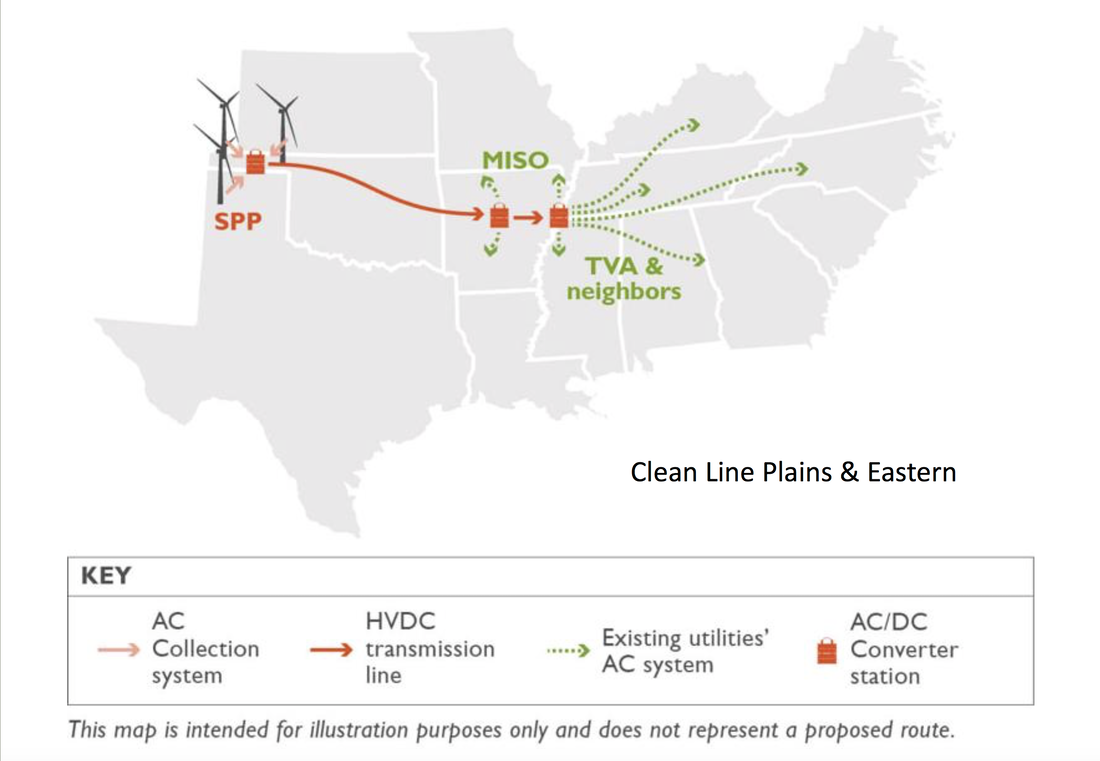But somehow the "bankrupt" company will continue to exist and provide "safe" and economical electricity service to its customers. Oh, get real!!!
So, let's see... transmission line failures, combined with insufficient ROW clearing, have sparked more than a dozen fires in the past couple years. What if... what if you remove the transmission lines from the tinder? Of course it's going to be expensive, but $30B and climbing? Aging lines in fire-prone areas should be replaced, and new lines should be constructed underground.
“Underground is about 10 times more expensive than overhead,” said Malashenko, who is the PUC safety and enforcement division director. “If we were to underground (throughout) California, all our rates would go up ten times.”
Underground lines also face risk from earthquakes and floods! Uhh... because overhead lines face no risk from those hazards? Of course not! The risk is the same. She also claims underground wires are harder to maintain. Perhaps, but they need less maintenance overall because they're not exposed to the elements. And it's harder to find the fault when they do break? What is this? 1850? I'm pretty sure a fault could be pinpointed to a certain section between vaults.
Excuses, excuses, excuses. The answer here is quite simple... transmission lines should be buried to protect them from the wear and tear of the elements, and to protect the environment from the risk faulty transmission lines pose.
How about now, PG&E? Is burial of new lines cheaper than bankruptcy?
And then there's the crazy claims that PG&E is the victim of climate change. As if climate change caused the fires? Some would like you to think so. But the reality is that exposed overhead transmission lines and lack of vegetation maintenance were perhaps the biggest reason for the fires. And let's take this climate change reasoning a little further, shall we? Climate change science says we must reduce carbon emissions from fossil fuel electricity generation. We are supposed to shut down old generation and replace it (although not equally) with fossil-free generation such as wind and solar. Is wind and solar available to all locations equally? No. The climate change folks want to create huge wind and solar farms at strategic locations and run overhead transmission lines thousands of miles to places like California. The last thing California needs right now is more overhead transmission lines. Climate change is everyone's favorite villain, but blaming corporate neglect on climate change is a bait and switch of epic proportions.
Less transmission.
Bury it.
Stop robbing utility O&M accounts to increase share dividends.
Bankruptcy is not a way to escape liability.
Think about the consequences of your actions (or lack thereof).
Quit blaming convenient scapegoats.
And maybe, just maybe, investor-owned utilities are a dumb idea.



 RSS Feed
RSS Feed